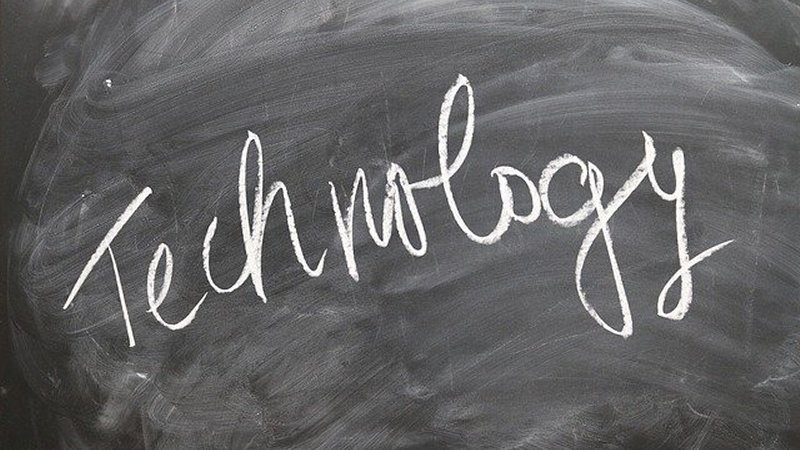Technology can help businesses work more productively and efficiently. Modern technology has the potential to automate processes, improve communication, increase mobility and reduce costs.
In order for businesses to reap these benefits , they need to embrace new technology. Businesses that rely on outdated technology will find it increasingly difficult to compete.
Moreover, the costs of using old technology may outweigh the initial investment required to update your systems. We discuss the costs of using old and outdated technology below.
Why old technology costs you money
The costs of using old and outdated technology can be significant. These include:
Increased downtime
Older equipment is more prone to failure. Even with proper maintenance, older software and hardware tends to experience more errors and downtime. This in turn leads to decreased revenue.
Reduced productivity
Modern systems deliver better accessibility, integration and automation. Employees can work more flexibly by accessing emails, documents and systems remotely in the Cloud.
63% of global businesses consider mobility to be the most significant factor contributing to competitive advantage. You can also automate non-essential tasks. As a result, employees can complete their tasks more quickly and productively.
Reduced employee engagement and retention
Employees are attracted to businesses that use modern technology that allows them to work remotely and be more efficient.
In fact, having technology that empowers employees is a key contributor to staff satisfaction and engagement. A global study proved that employees who work in fully-enabled digital workplaces are more motivated and have higher job satisfaction.
Security risks
Hardware and software that reaches “end of life”, is no longer supported by the manufacturer. This means it doesn’t receive critical security patches and updates, making you vulnerable to a security breach. You are also less likely to be compliant with industry and government regulations for data protection.
Increased costs
Older technology can be expensive to maintain. It will inevitably experience more failures which will cost you time and money to fix.
Compatibility issues
Another problem with using outdated technology is that “old” and “new” technology rarely work together. This may limit your ability to benefit from new and advanced capabilities that your competitors are likely to use. It will subsequently impact your competitive advantage.
Impact on customer service and reputation
Old technology can make businesses look less professional. Customers expect good communication, high service levels and secure systems that protect their data. Any negative experiences will impact their perception and your firm’s reputation.
Environmental impact
Older technology is typically less energy efficient and consumes more resources. This results in a larger carbon footprint and higher energy bills.
How to tell if your technology needs upgrading
There are various ways to tell if it is time to upgrade your technology, for example:
- Your software has reached end of life and is no longer supported
- Your systems are slow and don’t work reliably
- Your company is growing and your technology no longer meets your needs
- Your systems are regularly under attack by hackers
For instance, support for version 1909 of Windows 10 ended in May 2021. Any business still using this version or older should consider upgrading as they risk exposing themselves to security and compatibility concerns.
Similarly, Microsoft has urged people not to use Internet Explorer as it is not secure and will be officially retired from June 2022.
How often should you update technology?
As a rough guideline, we recommend that you update your technology as follows:
- Laptops: we recommend replacing laptops roughly every 3-4 years.
- Desktops: we recommend replacing laptops roughly every 5 years.
- Servers: we recommend replacing server every 4-5 years.
- Operating Systems: it is important to regularly update your operating system when prompted by the provider. Equally important is to remind staff to keep on top of updates. We recommend using the latest OS or the one prior to this but never anything older. Windows 7 has now reached end of life so if you are still using it, it’s time to upgrade. Read more about the benefits of Windows 11.
In conclusion, up-to-date technology maximises the potential of your systems. In contrast, older hardware is less reliable, more likely to break down and offers reduced functionality, limiting productivity. It is also more likely to lead to security and compatibility issues.





